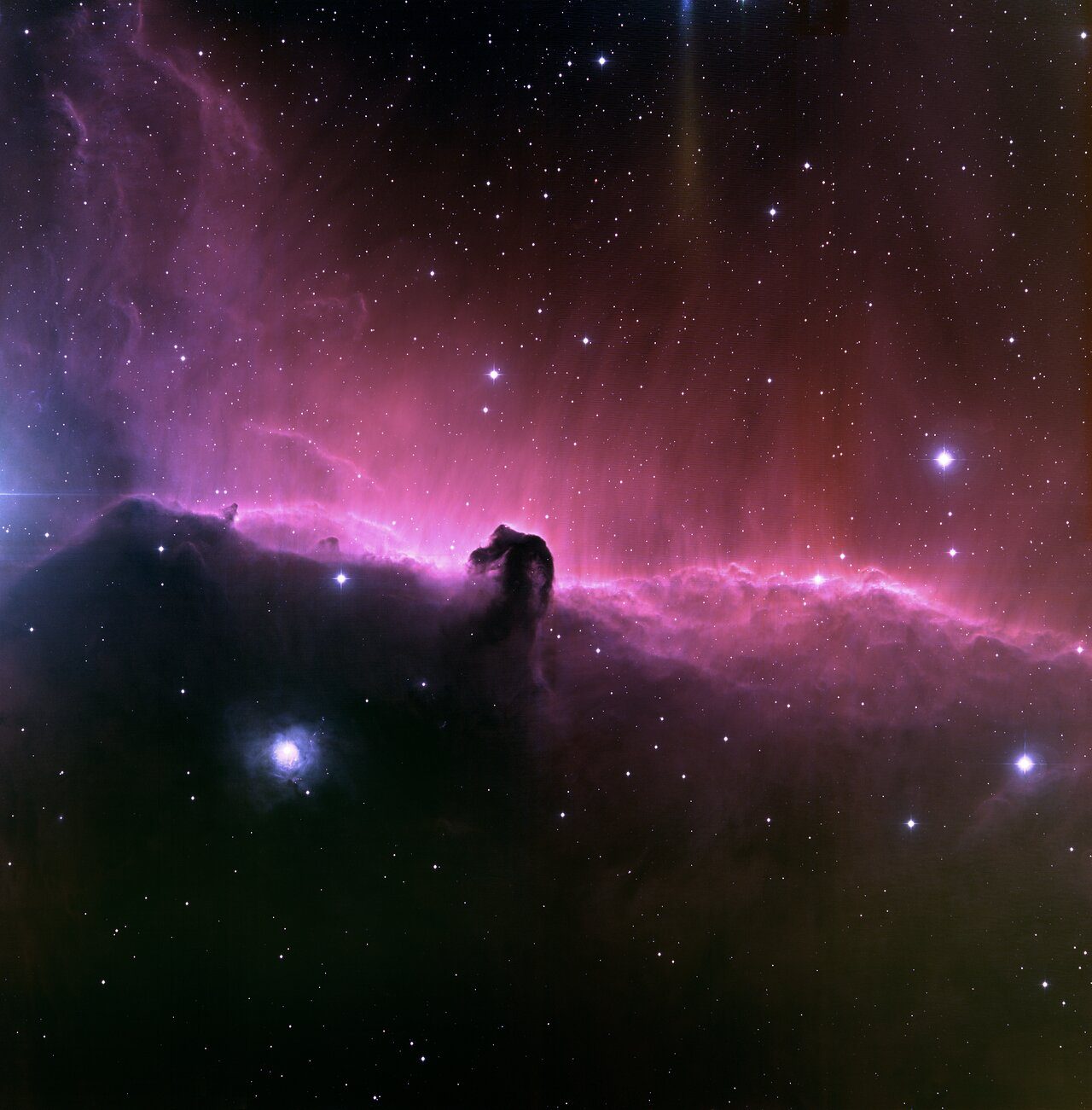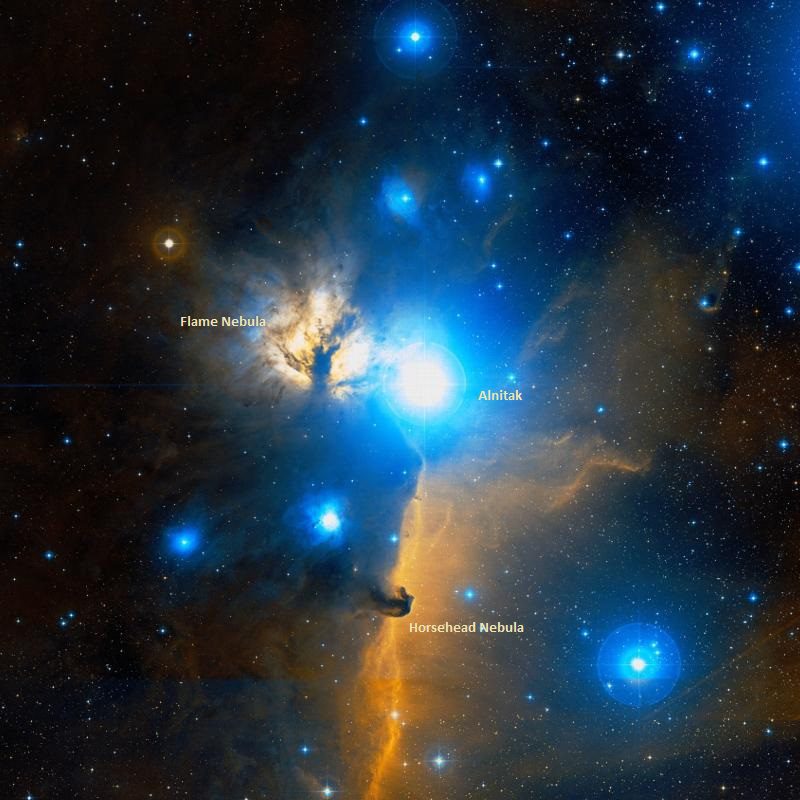The sky full of wonders is going to be very generous to viewers this month. Grab a telescope or wake up at dawn and have a moment of beauty looking at the sky.
Orion’s Other Nebulae!
Outside of the iconic Orion Nebula, the Orion Constellation features numerous additional stunning nebulae, including the Flame and Horsehead Nebulae!
Both of these nebulae are made up of two different objects. In each example, an emission nebula is partly obscured by a dark cloud of dust. The Horsehead Nebula is a black nebula that obscures a section of IC 434, a brilliant emission nebula. The Flame Nebula, on the other hand, refers to the dazzling emission nebula NGC 2024, which is partly obscured by an unknown black cloud of dust. NGC 2024 and IC 434 are both around 1,500 light-years distant from us. The Horsehead Nebula is located around 1,375 light-years distant from us.
Williamina Fleming discovered the Horsehead Nebula in 1888. She noticed it while looking through a picture shot by William Henry Pickering

Wilhelm Herschel discovered the Flame Nebula in 1786.

The apparent magnitude of NGC 2024 is +10, whereas that of IC 434 is +7.3. Dark nebulae, such as Barnard 33, do not have a magnitude since they do not produce light.
Alnitak is the brilliant star seen immediately above the Flame Nebula. It has a visual magnitude of +1.7 and is the star to the left of Orion’s belt. It’s just 740 light-years away.

Just below and to the left of the Horsehead lies a lovely reflection nebula. NGC 2023 is the star system. It has an apparent magnitude of +10 and is 1,500 light-years from us. It reflects the light from HD 37903, the star that seems to be at the nebula’s core. The apparent magnitude of HD 37903 is +7.8. It is around 970 light-years away from us.
What to Expect from February’s Night Skies
Take a glance at the eastern sky if you chance to wake up before dawn. Venus is a beautiful, brilliant star that will attract your attention straight away! You may be able to see Mars somewhat to the right and lower in the sky, and if you’re extremely fortunate, you could see Mercury just over the horizon. You won’t have to rush to see these planets since they’ll be visible every clear morning in February. In fact, if you wait until the end of the month, you may be able to see Saturn. It will seem to be close to Mercury, yet the two are over a billion miles distant.
Jupiter will be the only planet visible in the evening sky. Look for it around ten degrees above the Western horizon.
19P/Borrelly (magnitude +7.9) is a moderately bright comet situated 51° above the SW horizon. We should be able to see it with a decent set of binoculars. However, I’ve been having difficulty seeing it via my 11″ telescope. So far, I’ve only captured the comet’s head, and a comet without a tail is less than amazing.
There aren’t any huge meteor showers in February, but there are plenty of lesser ones. During the first ten days of the month, there is a lot going on. Viewing is always greatest between the hours of 12:00 a.m. and 5:00 a.m. Remember, if you don’t look up, you won’t see any shooting stars!
Lunar Phases:
The New Moon occurs on February 1st.
The Full Moon on February 8th is the 1st Quarter. The 6th of February
The last day of the quarter is February 23.












Leave a Reply